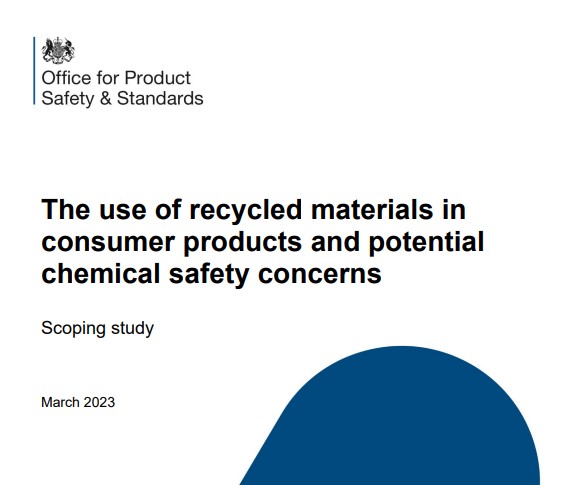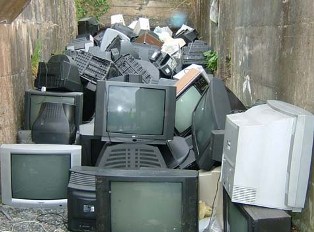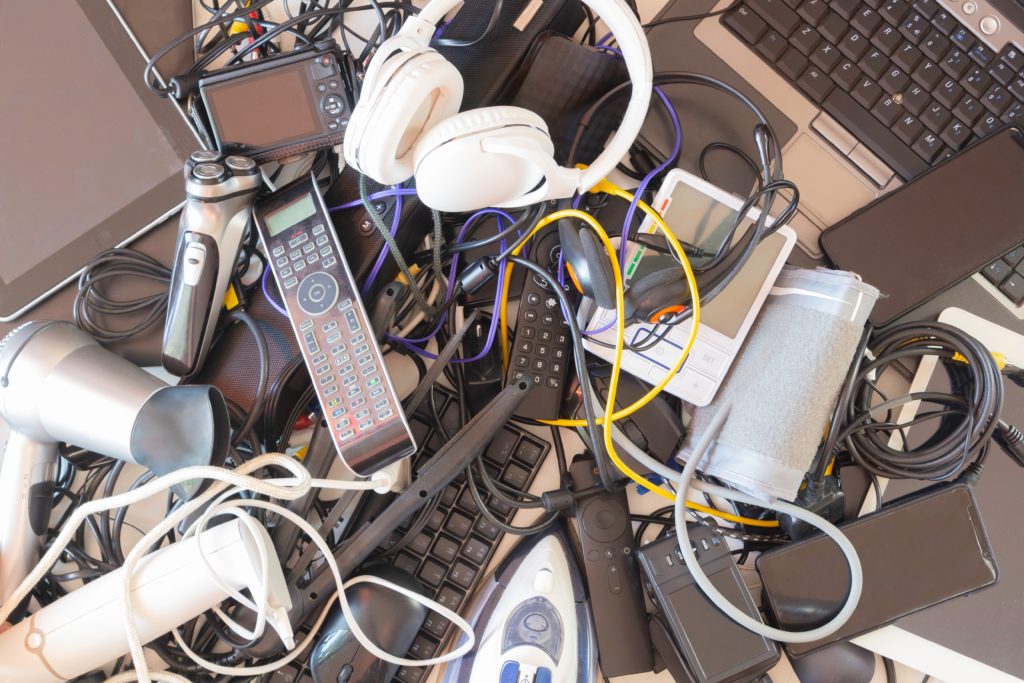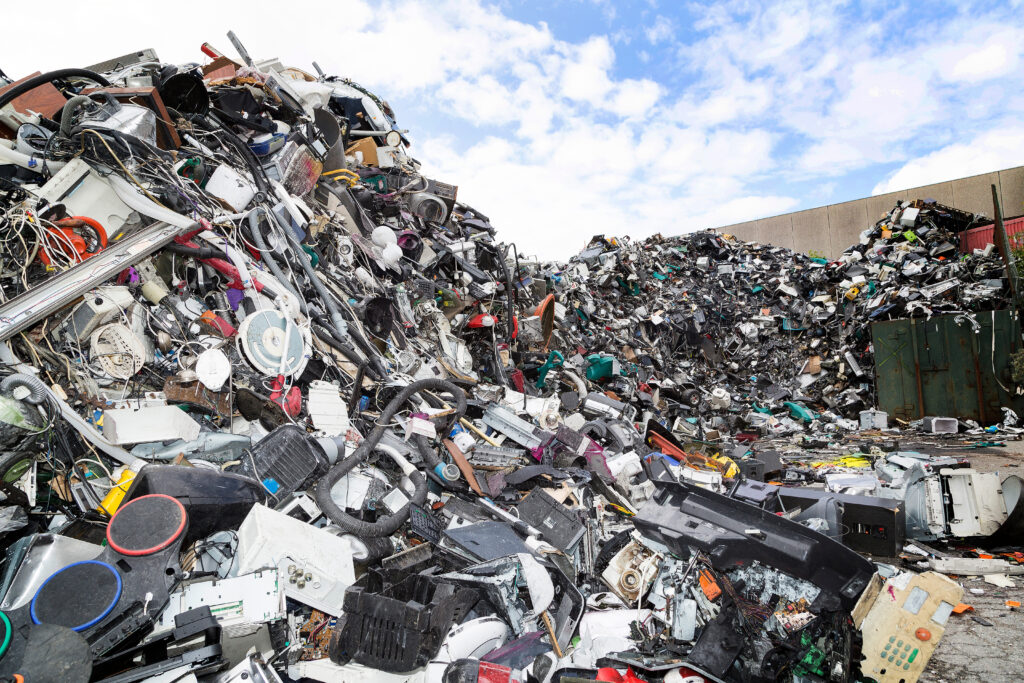
This, according to the report, is occurring when e-waste is exported to countries where “substantial informal recycling industries exist”. Plastics containing restricted chemicals are then “re-entering the UK and being exported around the globe in a diverse range of cheap plastic products, likely those manufactured in those same countries”.
Generally however, the report found “insufficient evidence to form robust conclusions” regarding the presence of chemicals from use of recycled materials for most chemical and product groups.
One area where there is clear evidence of recycling-based contamination of consumer products though is the recycling of e-waste plastics into new goods.
Study
The study was commissioned by the government body and undertaken by WRAP to “promote transparency to consumers and provide regulators with greater insight into potential safety issues posed by the use of recycled materials in consumer products”.
It focused on childcare articles and children’s equipment, fashion items, cosmetics, electrical appliances, toys, furniture and motor vehicles.
It was conducted through a literature review, analysis of the European Union’s safety gate product alert portal, engagement with industry stakeholders and in-depth telephone interviews.
WEEE
The report explained that WEEE plastics, typically black plastics, may contain restricted flame retardants and heavy metals often used in association with flame retardants and in electronic products, such as antimony and lead, “which is persistent in the recycling process”.

Older items and certain product groups such as cathode-ray tube screens and television casings are well documented as having high concentrations of flame retardants.
“Observations of the recycling process suggest that sorting is often inadequate for identifying and excluding these restricted plastics, something which is of particular concern in emerging economies where the informal recycling sector is particularly prominent, including countries such as China and India,” the report stated.
These recycled hazardous e-waste plastics are being used in new consumer products which are then imported to the UK, and elsewhere across the world.
WRAP said in the report that it appears in many cases that hazardous plastic may be blended with non-hazardous, and recycled with virgin material, leading to highly variable chemical concentration between and within batches of the same product or, perhaps even within pieces of the product itself.
The report said: “As a result, the variation in contaminant presence is documented as spanning orders of magnitude. Black plastic products appear to be of particular risk for this contamination, and much research has been identified relating to black plastics in toys, but the problem appears to persist across groups including electronics, clothing accessories and household items.”
There exists an undesirable circular economy of waste electronic plastics into new consumer good
- WRAP
Health
The report however said more evidence to bridge the gap between recycled chemical presence and human health is needed.
In its literature review, WRAP said there is while there is a “lack of evidence for recycling-based contamination in most product groups”, this “does not amount to evidence that there is not a risk”.
Unexpected chemical risks from recycling are, by definition, unexpected – so researchers in many cases may not have conducted the necessary tests.
WRAP added: “Therefore, whilst we can state with some confidence that there exists an undesirable circular economy of waste electronic plastics into new consumer goods including toys, we cannot state with confidence that there are not other chemical safety concerns associated with recycled content, only that the evidence at present is lacking.”
The resources charity carried out two surveys with manufacturers and retailers and material reprocessors, but due to both the low number of respondents and then the high non-response rate on key questions about chemical safety and testing, “unfortunately very limited meaningful conclusions can be drawn from the reprocessor survey”.
Findings
WRAP summarised its findings in three bullet points:
- Chemical safety risks of products appears to be driven primarily by the purposeful addition of functional additives to products.
Any risks from recycling stem from these initial additions of chemicals to products for desired effects - There is a clear and well-documented undesirable circular economy of e-waste plastics occurring globally
Waste electronics containing restricted chemicals, mainly flame retardants and heavy metals associated with them, should be sorted and disposed of. In many cases, this is not happenin
- There is substantial variation within industries determined by the country of origin of the product and the nature of the business
The Safety Gate data clearly points to the disproportionate role of non-UK and EU countries as the source of chemically unsafe products











Subscribe for free